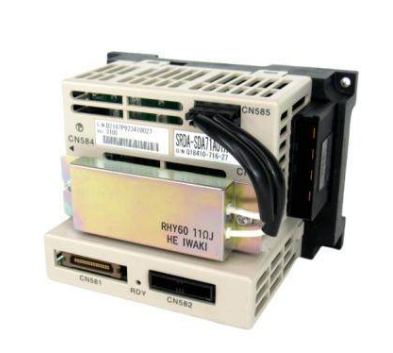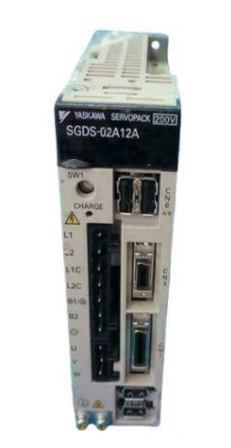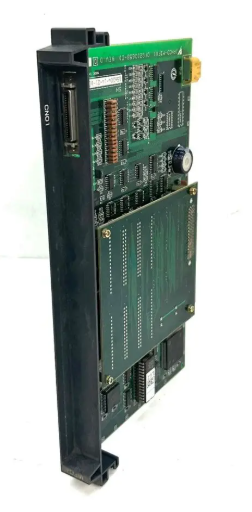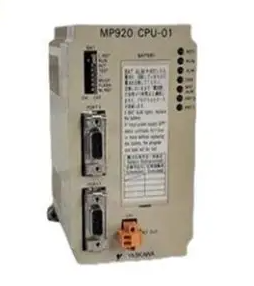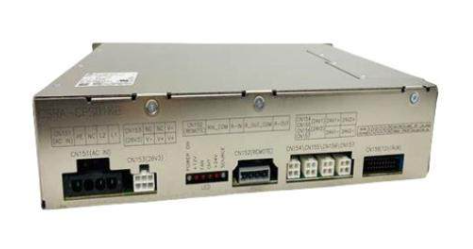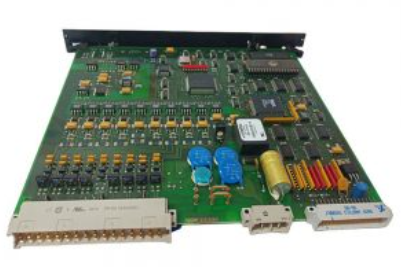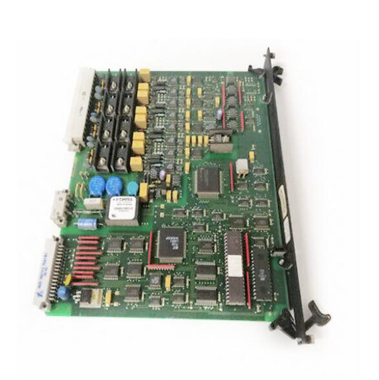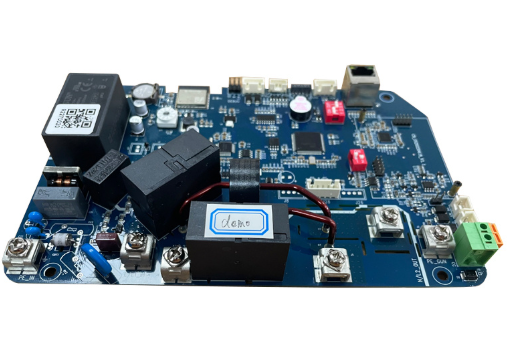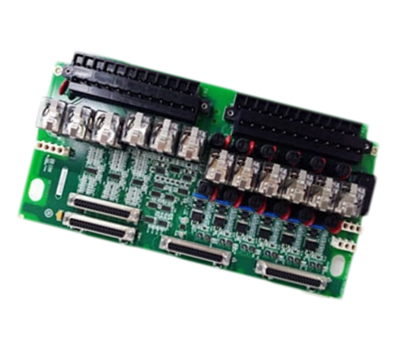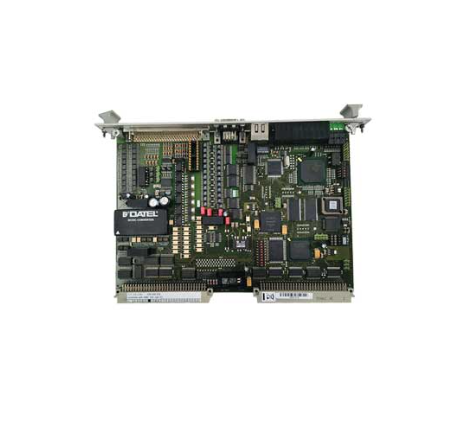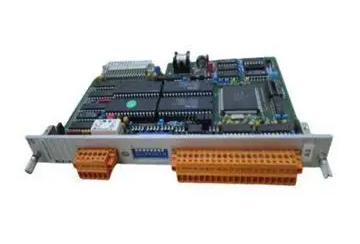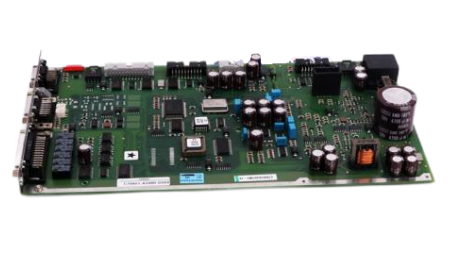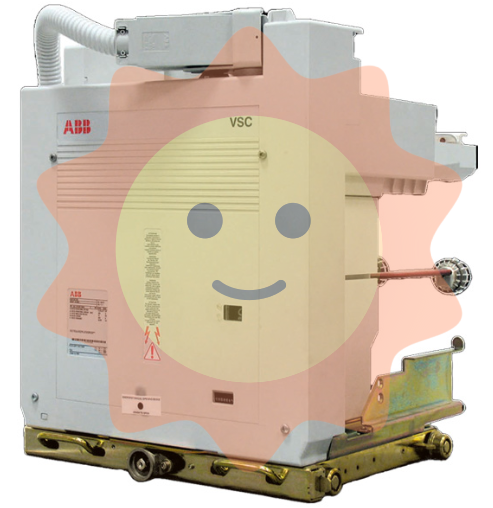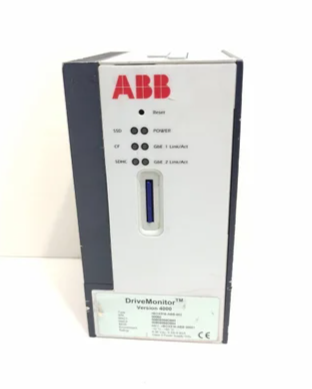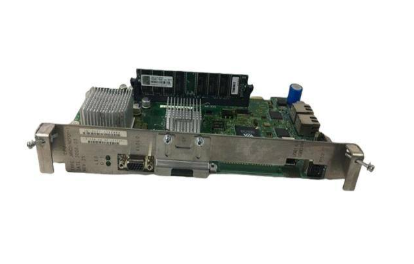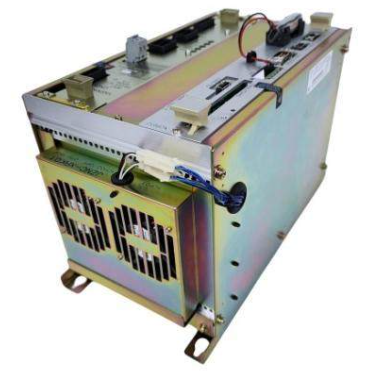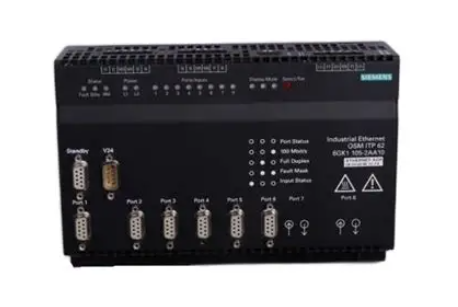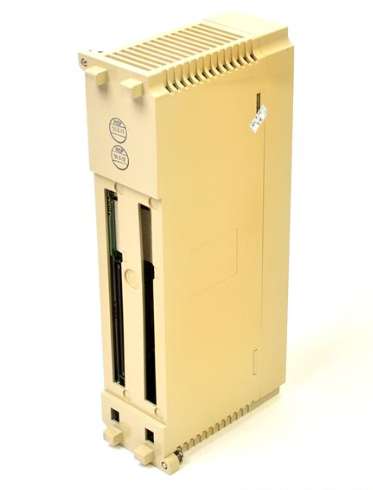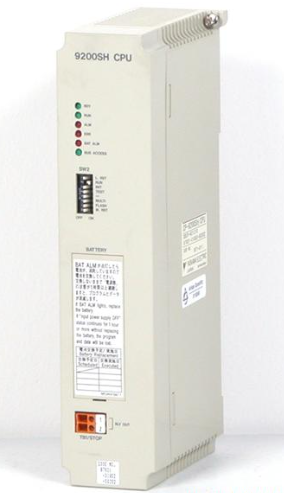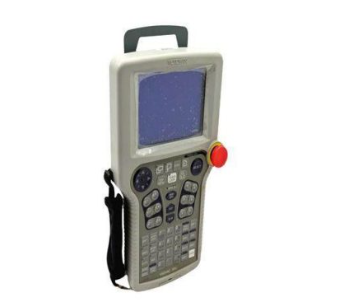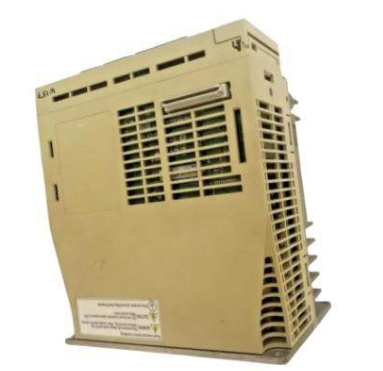Each input channel has an A/D converter (delta-sigma type).
Isolation is done by DC/DC converters (one per channel) and optocouplers on the digital serial line of the A/D converter.
Each channel accepts voltage and resistance inputs. Resis tance measurements are made by digitizing the voltage drop created across the input resistance source.
A precision constant current source supplies the current used to measure the input.
Cold Junction Reference
The ASI module measures the cold junction RTDs on the termination unit of the analog input module.
This results in an accurate reading of the ambient temperature at the field wire termination area.
This value can be used by the ASI module to compensate for voltages generated from the bimetal
connections made by terminating the field wires (thermocouple wires) onto the terminal blocks of the termination unit.
The block address of the cold junction reference used by ther mocouple inputs on the ASI module is contained in FC 215, specification S3.
Each analog input module configured for a thermocouple input requires a cold junction reference.
Each analog input module can only have one reference which can be used by up to 16 thermocouple inputs.
The exception to this is when one of the inputs is used as a remote cold junction reference.
Refer to Section 4 for more information
Digital Input Multiplexer (MUX)
Once isolated, digitized, and buffered, the input signal is sent to the microcontroller by a digital multiplexer.
All the inputs, including the references and cold junction input, are multi plexed as shown in Figure 2-1.
Microcontroller and Memory
The onboard microcontroller coordinates ASI functions.
The main functions are:
• Channel and cold junction reference switching.
• Programming A/D converters.
• Reading the A/D converters and applying all necessary cor
rection factors.
• Interfacing to switch and LEDs (used for diagnostic mode).
• Background integrity checking.
• Reading and writing expander bus data through dual port
RAM (DPRAM)
Switch Settings
The ASI module has one eight-position dipswitch to select the I/O module address on the I/O expander bus.
This switch also selects built-in diagnostics for stand alone testing LED Indicators
The ASI module has two LED indicators, one red and one green, which show the operating status. The LEDs will:
• Flash red on power-up.
• Remain off (both LEDs) after passing onboard diagnostics until the ASI module is configured by the controller.
• Show solid green after the controlling controller downloads configuration data.
• Show solid green during normal running.
• Blink green when the controller that configured the ASI module enters configure mode from execute mode.
• Blink green if I/O expander bus communication is lost (if the controller is removed).
• Show solid red if a fatal failure of the ASI module occurs.
For example, if power up diagnostics fail.
• Show solid red for a power fail interrupt (PFI).
I/O Expander Bus
The I/O expander bus is a high-speed, synchronous, parallel bus. It provides a path between controllers and I/O modules.
The controller sends control functions to the ASI module, and the ASI module provides input data to the controller.
The P2 card edge of the ASI module and controller connect to the bus.
The I/O expander bus is parallel signal lines located on the module mounting unit backplane.
A 12-position dipshunt placed in a socket on the MMU backplane connects the bus between the controller and I/O modules.
Cable assemblies can extend the bus to eight module mounting units.
A controller and its I/O modules form a subsystem within a Harmony control unit (HCU).
The I/O expander bus between control and I/O subsystems must be separated.
Leaving a dipshunt socket empty or not connecting the module mounting units with cables separates them
I/O Expander Bus Interface
The ASI module communicates with the controller through a shared memory interface connected to the I/O expander bus.
The ASI module constantly updates the shared memory device (dual port RAM) with the current values of the inputs.
The controller can read these values at any time, even if the ASI module is simultaneously writing to the dual port RAM.
The ASI module uses a custom gate array for the I/O expander bus interface. An integrated circuit holds all the control logic and communication protocol. This integrated circuit provides these functions:
• Address comparison and detection.
• Message decoding and translation.
• Data line filtering of bus signals.
• Onboard bus drivers.
• Expander bus watchdog.
A dual port RAM stores data that can be accessed at the same time by the controller and the I/O module's microcontroller.
Data Values
For all inputs, channel values are adjusted based on the factory calibration. Thermocouple inputs receive cold junction reference compensation. Lead wire resistance adjustments are performed when necessary (for cold junction reference only).
The ASI module provides values to the controller over the I/O expander bus. These values are in engineering units.
The ASI module sends a status indication to the controller for each input channel. This status indicates any hardware errors and channel configuration errors detected by the ASI module.




